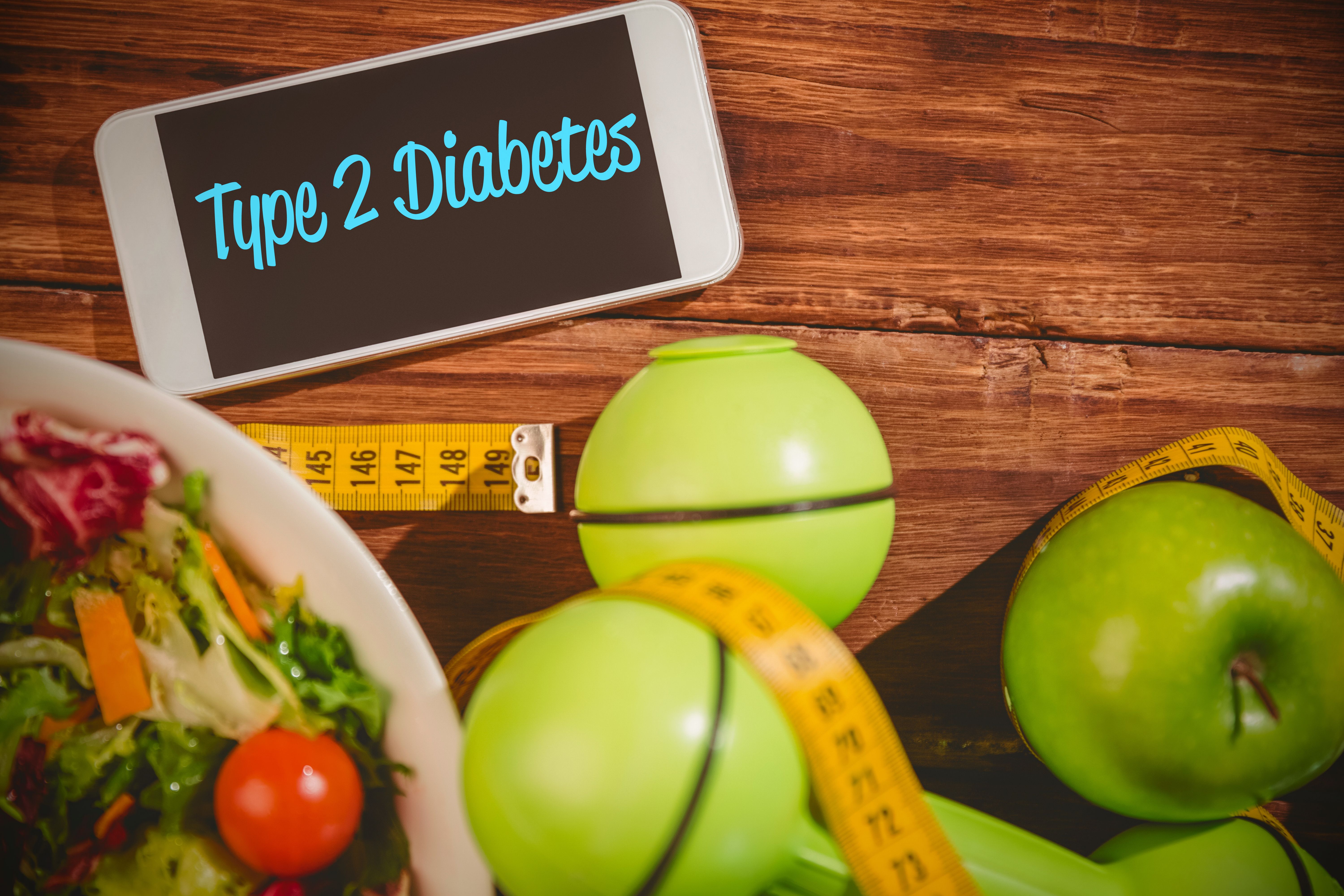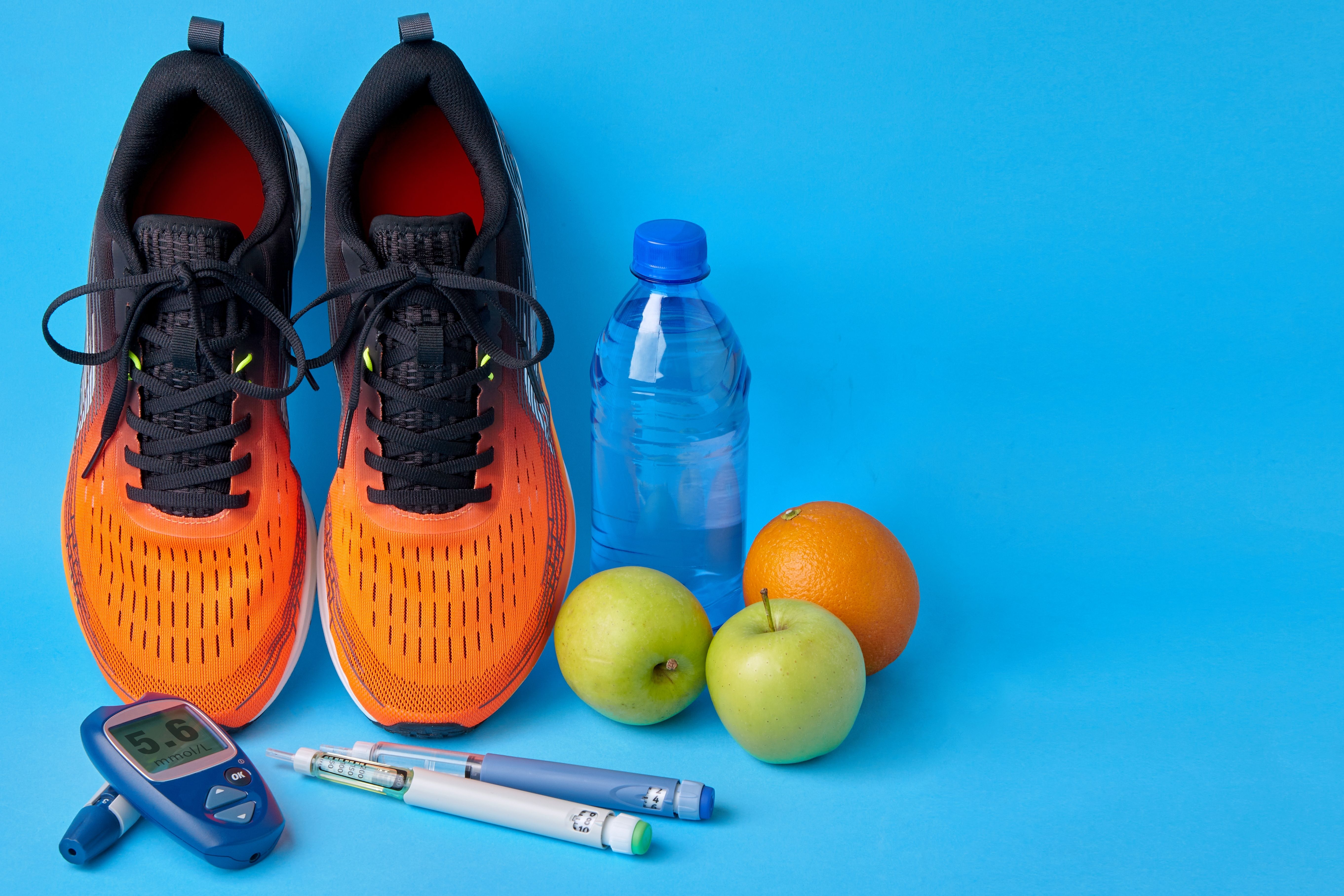Diabetes Control with Lifestyle Changes: How Does it Work?

Knowing ways to lower your blood sugar level through lifestyle changes can help you to control your diabetes and avoid potential serious health complications.
Diabetes control and prevention: why is it so important?1-3
Both the prevalence and incidence of type 2 diabetes (T2D) are increasing rapidly worldwide. In Europe, the prevalence of T2D is increasing in parallel with the obesity epidemic. The number of patients with diabetes in Europe is estimated to be 81 million by 2045.
Prevention is especially important if you are currently at an increased risk of T2D because of excess weight or obesity, high cholesterol, or a family history of diabetes. Indeed, the onset of T2D can be delayed or prevented with lifestyle changes, especially physical activity, long-term weight loss, and dietary changes, which may result in the sustained reduction of the disease.
If you have been diagnosed with prediabetes – which means a high blood sugar that does not reach the threshold of a diabetes diagnosis – lifestyle changes can also prevent or delay the onset of the disease. Indeed, in this case, T2D is preventable by changing lifestyle and the risk reduction is sustained for many years after the active intervention. A diet moderate in fat, low in saturated fat intake, rich in fiber, whole grains, and fruit and vegetables, as well as a Mediterranean-type diet, are currently recommended for the prevention of T2D in prediabetes.
Last but not least, when you have diabetes, it is important to keep your blood sugar levels within the range recommended by your health care professional, as the illness is a potent risk factor for cardiovascular diseases, and also for blindness, renal failure, and lower limb amputation, decreasing the quality of life of people affected.
What are the ways to lower blood sugar level through lifestyle changes?2,3
Food
When you have diabetes, you need to know how foods affect your blood sugar levels. It is not only the type of food you eat, it is also how much you eat and the types of food you combine in meals and snacks. Here are some tips that may help you to get your diabetes under control.
- Understand carbohydrate counting, which involves keeping track of how many grams of carbohydrates you eat and drink during the day, as they often have the biggest impact on blood sugar levels. If you take insulin at mealtimes, it is important to know the amount of carbohydrates in foods and drinks. That way, you can take the right dose of insulin. Some carbohydrates are better for you than others, such as fruits, vegetables, and whole grains, which are full of nutrients and fibers that help keep blood sugar levels more stable. Eat fewer refined, highly processed carbohydrates, such as white bread, white rice, sugary cereal, cakes, cookies, candy, and chips.
- Use the plate method. This type of meal planning is simpler than counting carbohydrates. It helps you eat a healthy balance of foods and control portion sizes. Use a 23 cm plate, and fill half with non starchy vegetables, such as lettuce, cucumbers, broccoli, tomatoes, and green beans. Divide the other half into two smaller, equal sections. In one quarter, place a lean protein, such as fish, beans, eggs, and lean meat and poultry. On the other quarter, place healthy carbohydrates such as fruits and whole grains.
- Be mindful of portion sizes. Learn what portion size is right for each type of food. For example, one serving of meat or poultry is about the size of a deck of cards. A serving of cheese is about the size of 6 grapes. And a serving of cooked pasta or rice is about the size of a fist. You can also use measuring cups or a scale to help make sure you get the right portion sizes.
- Balance your meals and medicines. If you take diabetes medicine, it is important to balance what you eat and drink with your medicine. Too little food in proportion to your diabetes medicine – especially insulin – can lead to dangerously low blood sugar or hypoglycemia. Too much food may cause your blood sugar level to climb too high, which is called hyperglycemia.
- Limit sugar-sweetened drinks, such as regular soda, juice, and sports drinks, which tend to be high in calories and low in nutrition, and cause blood sugar to rise quickly. The exception is if you have a low blood sugar level. In that case, they can be used to quickly raise blood sugar that is too low.

Exercise
Exercise is another important part of diabetes control. When you move and get active, your muscles use blood sugar for energy. Regular physical activity also helps your body to use insulin better, which helps keep your blood sugar within a normal range, and to lose weight. Even light activities, such as housework, gardening, and walking, constitute ways to lower blood sugar level. Here is how to get started:
- Talk to your health care professional about an exercise plan. Most adults should get at least 150 minutes a week of moderate aerobic activity, such as walking, cycling, and swimming. Most adults also should aim to do strength-building exercise 2 to 3 times a week, such as weight lifting, yoga, and calisthenics.
- Keep an exercise schedule, to be aligned with your meal and medicine schedules.
- Know your numbers. Talk with your health care professional about what blood sugar levels are right for you before you begin exercising.
- Check your blood sugar level. If you do not take insulin or other diabetes medicines, you likely will not need to check your blood sugar before or during exercise. If you take insulin or other diabetes medicines which lower blood sugar, testing is important. In this case, check your blood sugar before, during, and after exercise and be aware of symptoms of low blood sugar, such as feeling shaky, weak, tired, hungry, lightheaded, irritable, anxious, or confused.
- Have a small snack, containing about 15 to 30 g of carbohydrates, before you exercise if you use insulin, and your blood sugar level is below 90 mg/dL.
- Stay hydrated. Drink plenty of water or other fluids while exercising. Dehydration can affect blood sugar levels.
- Adjust your diabetes treatment plan as needed. If you take insulin, you may need to lower its dose before you exercise. You may also need to watch your blood sugar level closely for several hours after intense activity, as low blood sugar can happen later.
- Limit inactivity. Breaking up long bouts of inactivity, such as sitting at the computer, can help control your blood sugar levels. Take a few minutes to stand, walk around, or do some light activity every 30 minutes.

Stress
It is important to take charge of stress to get control of diabetes. The hormones your body makes in response to prolonged stress may cause your blood sugar to rise. It may also be harder to closely follow your usual ways to lower blood sugar if you are under a lot of extra pressure. It is recommended to:
- Take control. Once you know how stress affects your blood sugar level, make healthy changes. Learn relaxation techniques, rank tasks in order of importance, and set limits. Whenever you can, stay away from things that cause stress for you. Exercise often helps relieve stress and lower blood sugar.
- Get help. A psychologist or a clinical social worker can help you notice stressors, solve stressful problems, and learn coping skills.
Recognize early symptoms of hyperglycemia4
High blood sugar, also called hyperglycemia, affects people who have diabetes. Several factors can play a role in hyperglycemia in people with diabetes, such as food and physical activity, illness, and medications not related to diabetes. Skipping doses or not taking enough insulin or other medication to lower blood sugar also can lead to hyperglycemia, which can cause, if not treated, serious health problems that require emergency care, including a diabetic coma.

Hyperglycemia usually does not cause symptoms until blood sugar levels are above 180 to 200 mg/dL. Recognizing early symptoms of hyperglycemia can help identify and treat it right away. These include frequent urination, increased thirst, blurred vision, weak or unusually tired.